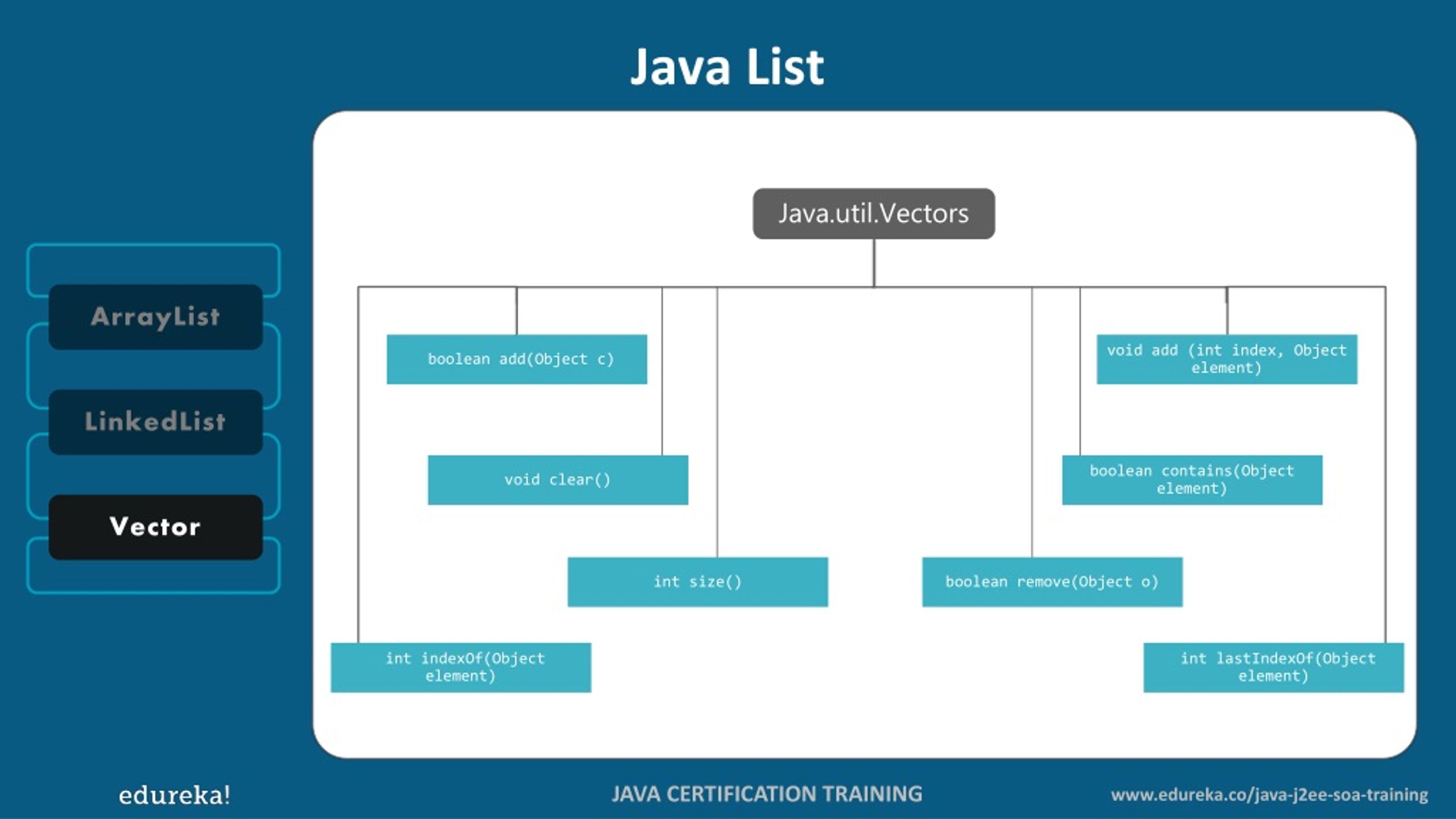

We can have collections of wrappers, as if they were collections of primitives. However, as we know from autoboxing, we can use the wrapper classes. They can't hold primitives, they can't hold arrays. Lists will allow duplicates, and maps are key value pair access. We will talk about them in more detail later, but basically sets will exclude duplicates. Each is intended to serve a different purpose. Maps, which are, if you will generically the concept of a collection, but actually do not implement the collection interface for reasons we'll see when we look at the interfaces. There are three major types implemented in the overall collections classes, sets, and lists, which actually inherit from an interface called collection. Collections will give us abstractions, that will act in more powerful ways to arrays, and do things more efficiently allowing us to tune the implementation of the collection based on the performance needs and the characteristics with which we will interact with the collection. There are a variety of limitations to an array. If we want to insert into the middle of an array, we have to move things. Think about arrays, we have to preallocate their size, we have to insert generally linearly. Collections offer alternatives to arrays, they're more powerful they're we're flexible. In this module, we're going to look at the collections framework, we will also discuss very briefly, Java 8 stream. Object-oriented programming with Java, collections. Course 3: Object-Oriented Hierarchies in Java

Course 2: Introduction to Object-Oriented Programming with Java To be successful in this course, you should have taken:

In this course, we will cover additional language features that enable the class library, essential library areas, and provide roadmaps to areas for self-exploration. There are over 4200 classes in the Java 8 class library, with 100s of new ones compared to prior versions of Java.

JAVA COLLECTIONS CODE
The Core Java Specialization is part of a series of programming specializations, derived from LearnQuest's private Java Bootcamps, designed to provide the skill set necessary to be hired as an IT developer using Java in many corporate environments.Īfter completing this course, you will be able to write reusable code that remains type-safe using Java Generics, work with collections of objects, work with files, handle runtime errors, and generally be prepared to move on to learning to use Java frameworks such as Spring Boot and Jakarta EE. It can contain duplicate elements.Since List is an interface you need to provide a concrete implementation of the interface in order to use it.Java Class Library is the fourth and final course in the Core Java Specialization. List interface is an ordered collection meaning you can access the elements of a List in specific order. This is the root interfaces of the java collection classes hierarchy.A Collection represents a group of objects known as its elements.There is no direct implementation of Collection interface.It has very useful methods like size(),isEmpty(),contains(),add(),remove(),iterator() etc.


 0 kommentar(er)
0 kommentar(er)
